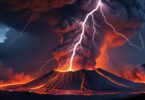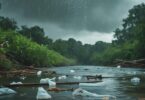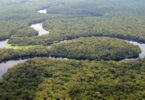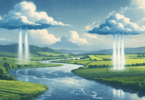Frozen methane bubbles are one of nature’s most fascinating sights, appearing as ethereal white orbs trapped beneath the icy surfaces of certain lakes. While they are breathtaking to look at, these frozen bubbles are not just a visual treat—they pose serious environmental and safety concerns.
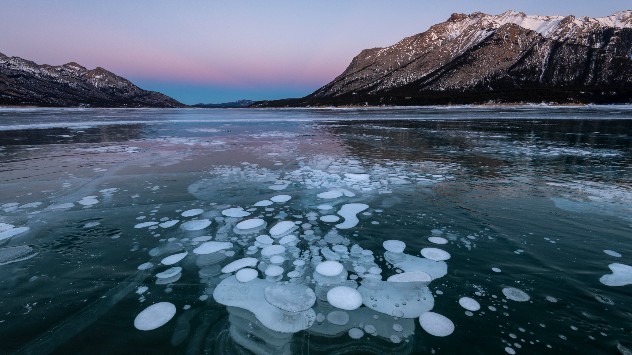
What Are Frozen Methane Bubbles?
Frozen bubbles are essentially pockets of methane gas encapsulated within layers of ice. Methane, a highly flammable gas, can cause explosions if the bubbles burst and ignite. Beyond their combustibility, methane also contributes significantly to climate change. As a potent greenhouse gas, it traps heat 25 times more effectively than carbon dioxide, posing a greater threat to the planet’s climate system.
How Do Frozen Methane Bubbles Form?
Methane bubbles form when organic material, such as dead plants and animals, sinks to the bottom of lakes. There, bacteria decompose this matter, releasing methane gas as a byproduct. The gas rises through the water and becomes trapped under the frozen surface in winter, creating the unique and striking bubble formations seen in many cold regions.
In summer, the ice melts, and the trapped methane is released into the atmosphere. This seasonal release adds to global methane emissions. With rising global temperatures, melting permafrost further accelerates the release of methane, intensifying the warming process.
Where Can You See Frozen Methane Bubbles?
Certain lakes around the world are famous for this phenomenon, drawing nature enthusiasts and photographers:
Abraham Lake, Alberta, Canada
Abraham Lake is renowned for its crystal-clear ice, which showcases stunning methane bubbles in remarkable detail. The low temperatures and strong winds in the area create smooth, transparent ice, making it one of the most photographed spots for frozen bubbles.
Barrier Lake, Calgary, Canada
Barrier Lake, a man-made reservoir, is another destination where frozen methane bubbles can be observed. The icy surface offers a fascinating glimpse of this natural occurrence, making it a favorite for tourists and photographers alike.
Environmental Concerns
Methane bubbles are more than just a natural spectacle. As Arctic temperatures rise, permafrost thaws, releasing vast amounts of previously frozen methane into the atmosphere. This creates a cycle where the release of methane accelerates global warming, which in turn leads to further thawing.
Methane is one of the most powerful greenhouse gases, significantly intensifying the effects of climate change. As more lakes and permafrost regions experience warming, scientists are increasingly concerned about the long-term implications of methane emissions on the planet.



